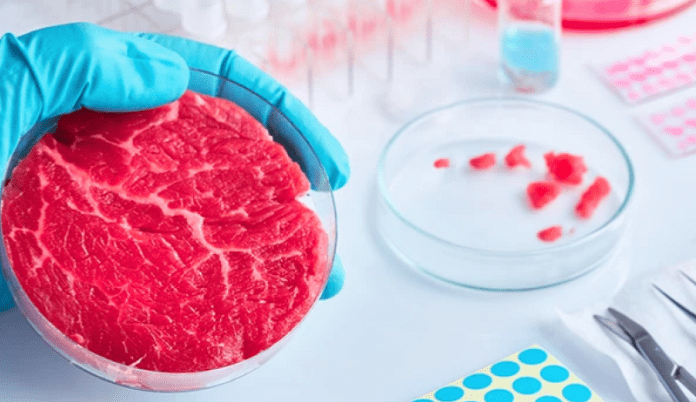The prospect of buying and cooking meat grown from animal cells, rather than directly from animals, increased last week with the United States Food and Drug Administration (FDA) announcing that animal meat prepared from cells by an US food manufacturer met all of the agency’s safety requirements.
Lab-grown meat production is still in the early stages and there are many more hurdles that need to be addressed — including approval from the Food Safety and Inspection Services of the US Department of Agriculture — before commercial production can commence.
Lab-grown meat, or ‘cell-meat’ as marketeers and media are calling it, has gained interest in recent years as food manufacturers try to feed an increasing global population, and amid rising demand for meat products from newly developing regions of the world.
Cell-meat is produced by extracting cells from animals — in this case, poultry — that are then cultivated in a tightly controlled laboratory environment that helps them to multiply and grow. As the cells multiply, they differentiate into various cell types, like muscle, fat, or connective tissue cells. Once the cells have differentiated into muscle, fat, or tissue, they are harvested and prepared with typical food packaging and processing methods, and marketed to customers.
However, food analysts believe it could take a while before cell-meat becomes a scalable and economically-viable product to market, and is affordable to the average person. The FDA has already stated that cultivated chicken or any other meat will have to meet the same safety standards as other foods labeled fit for human consumption.
Scientists are still learning about how the nutritional profile of lab-grown meat compares to regular meat. Although the company behind the cultivated chicken did not reveal its constituents, they did say their product contained fewer calories and less fat than conventionally-produced chicken.
The company also pointed out that there is a lower risk that cultivated meat will carry pathogens such as E. coli, Salmonella or Campylobacter since the cells are closely monitored in the lab. And, because the meat is not sourced from animals that are packed close together in incubators, there is less opportunity for infectious diseases to impact the meat.
Cultivated meat would also have the advantage of not needing the use of antibiotics because there is no contamination from the intestinal pathogens of other animals.
But food analysts and public health advocates say it is too soon to know if and how lab-grown meat might impact our health. They also point out that no environment, not even a lab, is ever perfectly controlled, and “unexpected biological mechanisms may occur”.
They also note that while the cultivated meat could have the same level of amino acids as conventional meat, there could be differences in the overall composition of the meat. For instance, there is the possibility that lab-grown meat could contain lower levels of iron, zinc, and B12.
Nonetheless, there is no denying that lab-meat will have several environmental benefits, including bringing about a reduction in the production and emission of greenhouse gasses, and a decrease in land and water use that is currently used for cattle rearing.
















